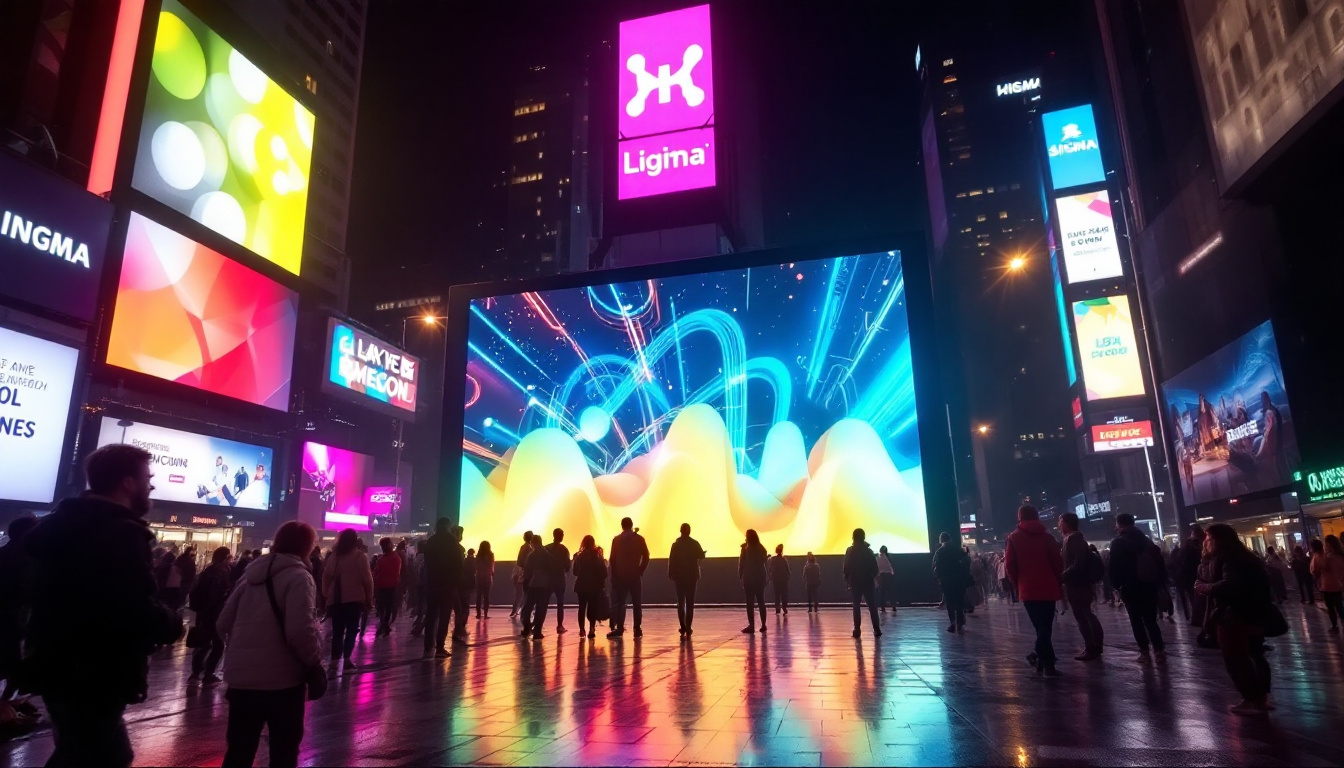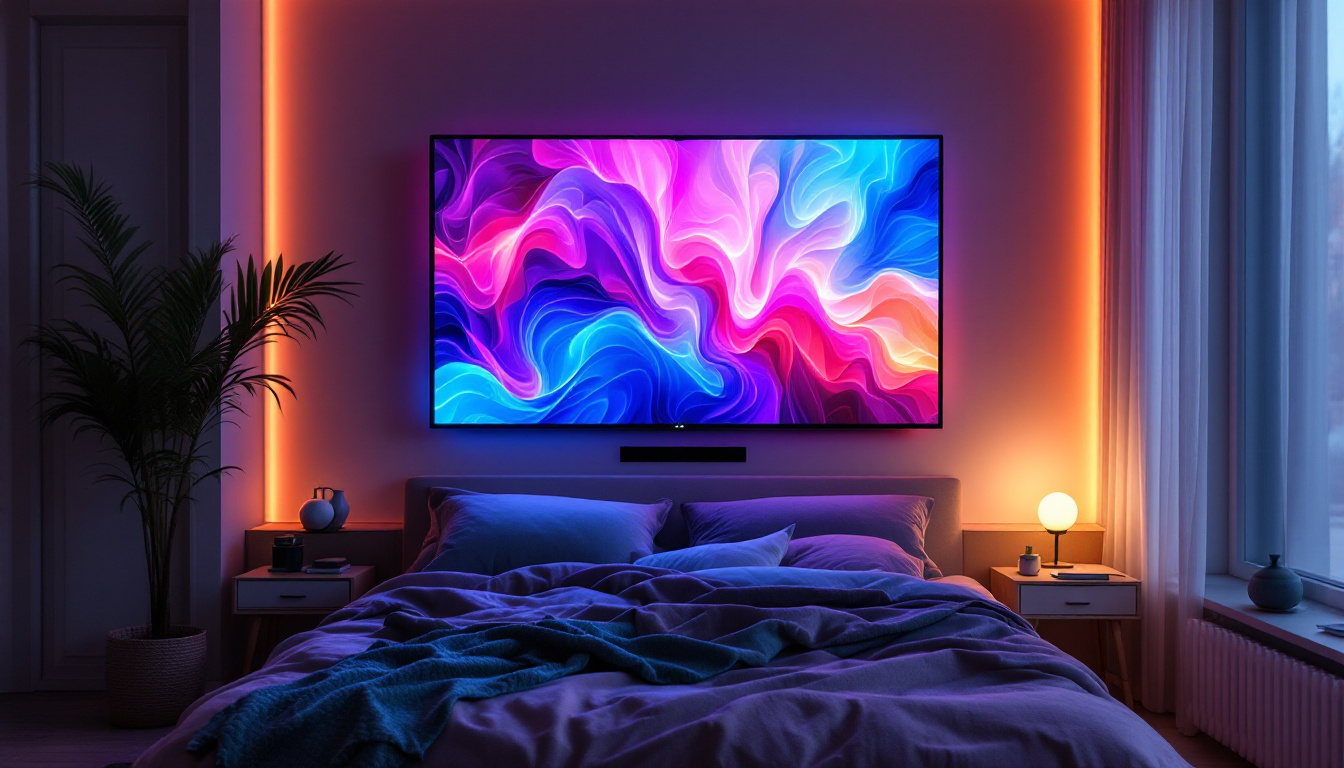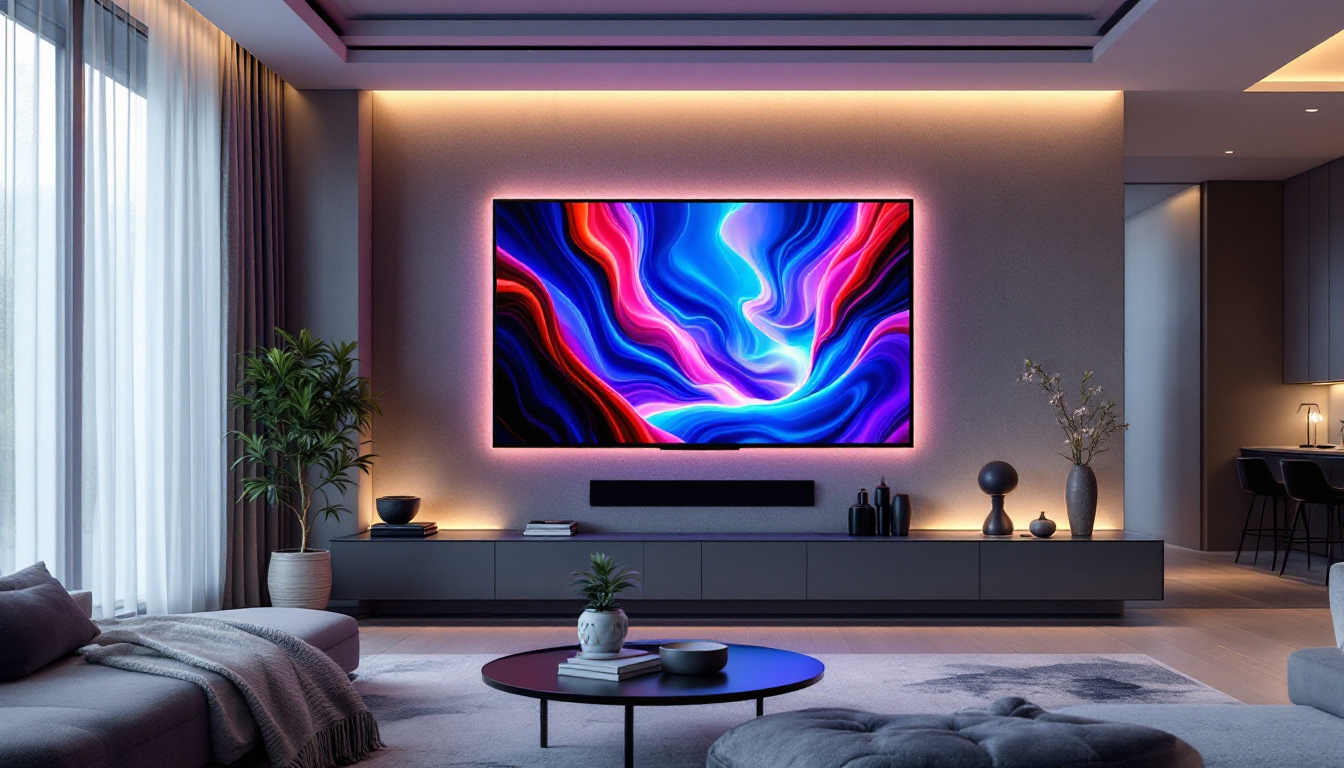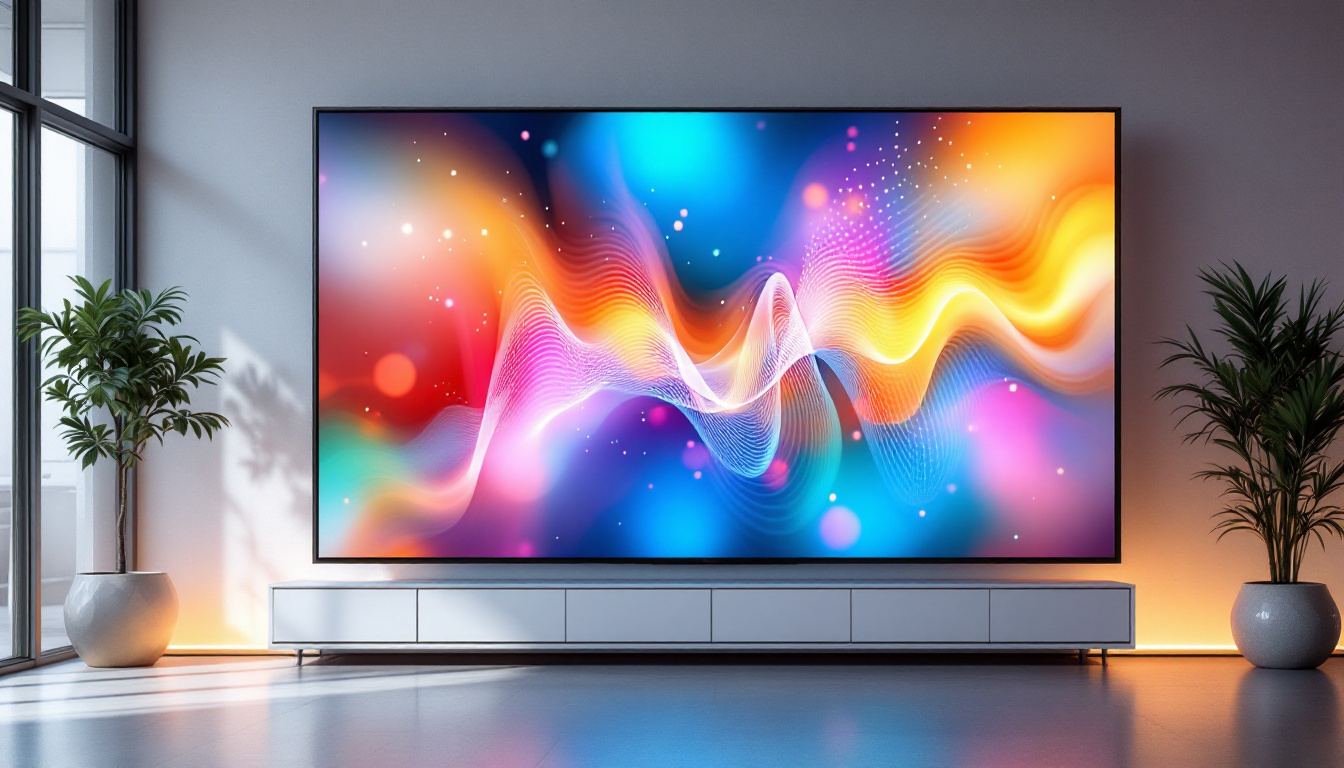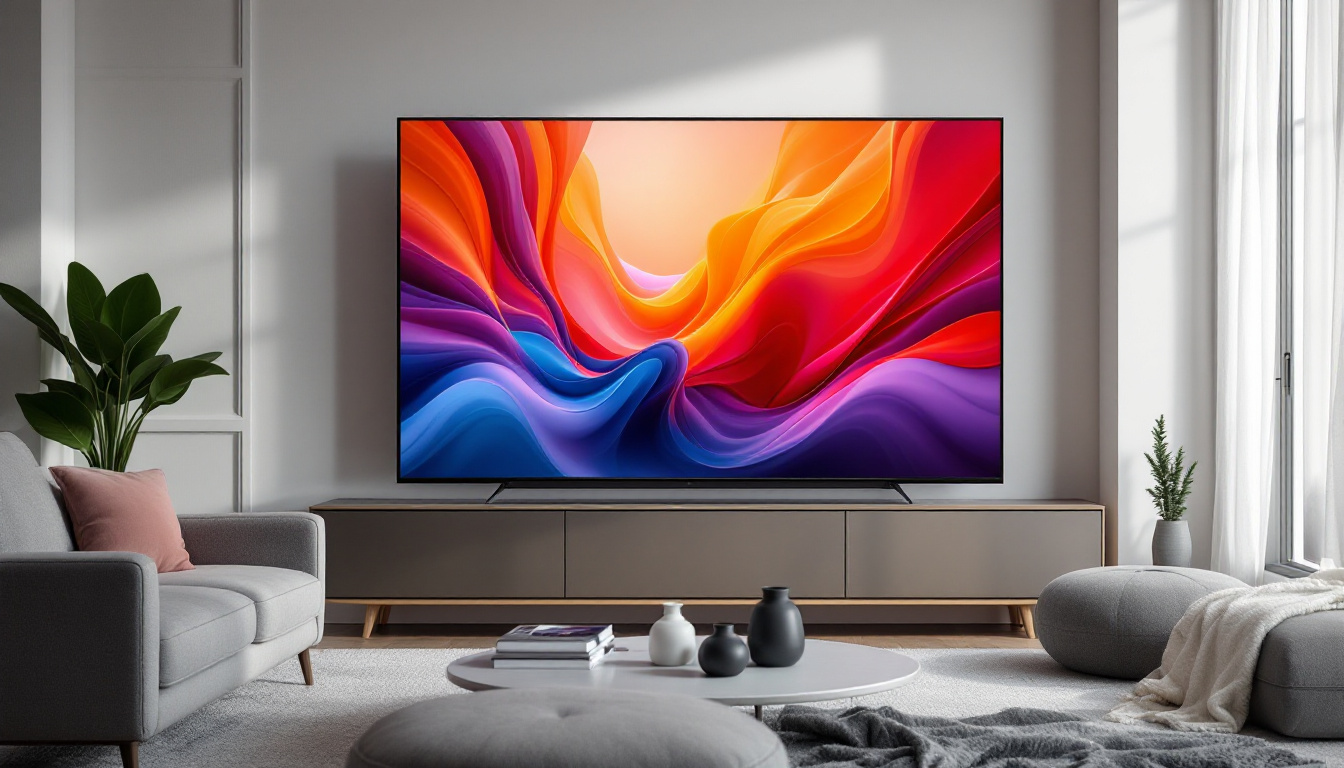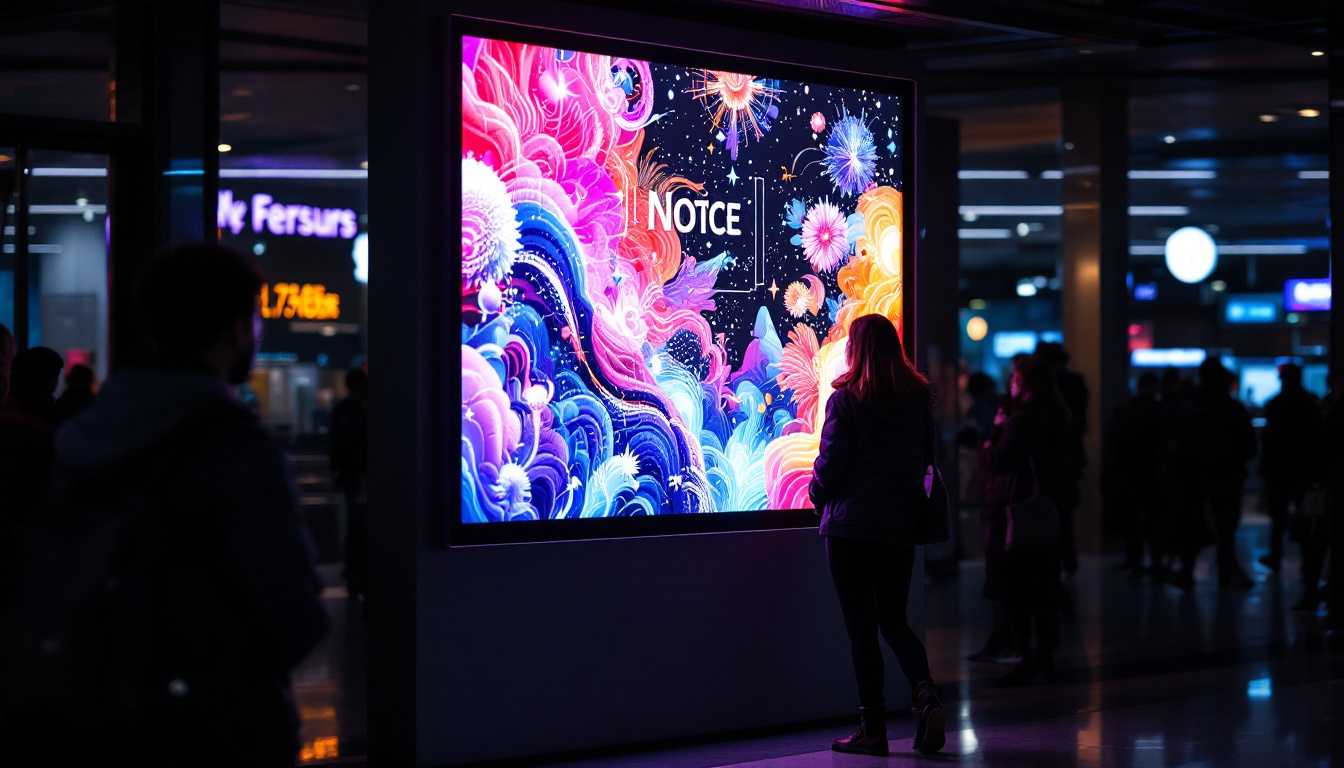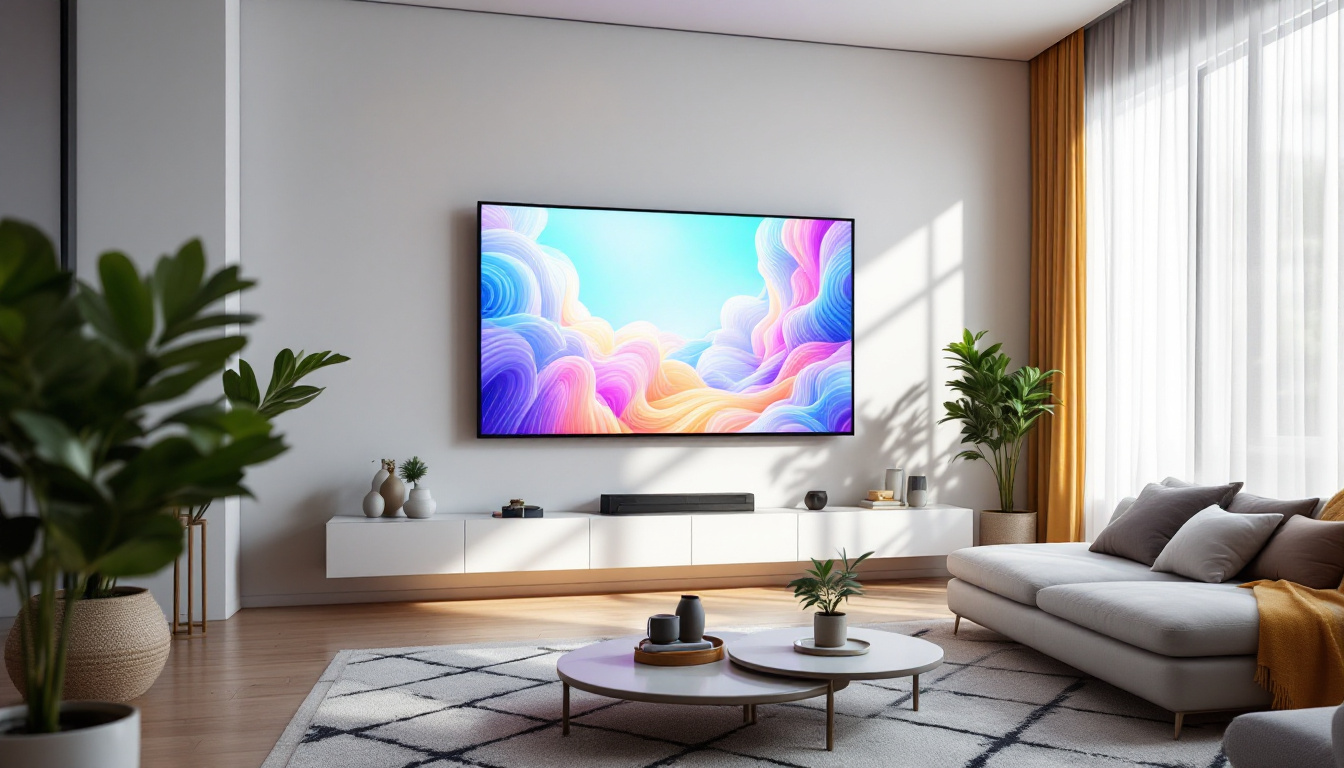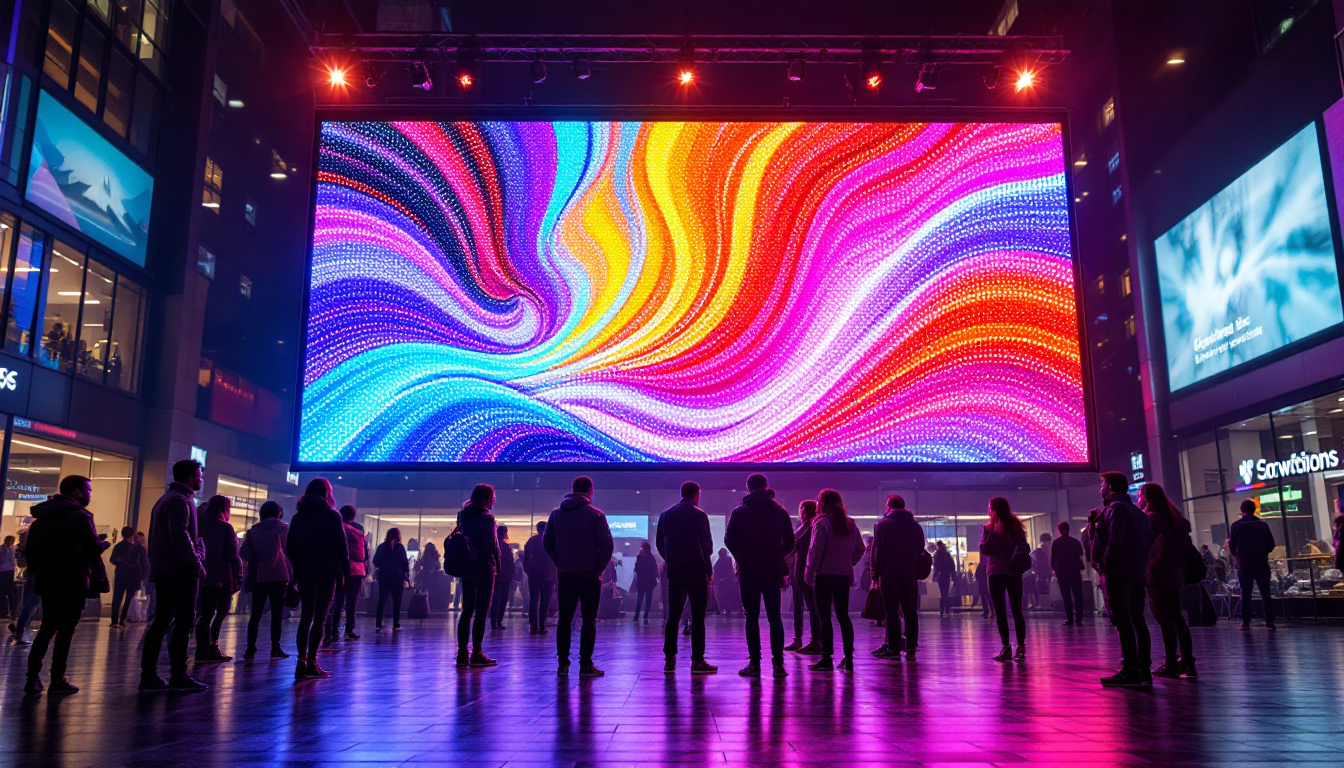Why Can’t LED Show True Black: LED Display Explained
In the world of display technology, LED screens have become ubiquitous, gracing everything from smartphones to large television sets. However, a common critique of LED displays is their inability to reproduce true black. This limitation often leads to discussions about the overall quality of the viewing experience. Understanding why LED displays struggle with true black involves delving into the technology behind them, the principles of light emission, and the alternatives available in the market.
The Basics of LED Technology
LED, or Light Emitting Diode, technology relies on a combination of light sources and electronic components to create images. When discussing LED displays, it’s essential to differentiate between various types of LED technology, such as traditional LED, OLED, and Mini-LED, as each has its own characteristics and capabilities. Traditional LED displays use a matrix of light-emitting diodes to create images, while OLED technology utilizes organic compounds that emit light when an electric current is applied, allowing for more vibrant colors and deeper blacks. Mini-LED, on the other hand, represents a significant advancement by utilizing smaller LEDs in the backlighting, which enables more precise control over local dimming and improved contrast ratios.
How LED Displays Work
LED displays function by using a backlight that illuminates liquid crystal displays (LCDs). The light from the LEDs passes through a liquid crystal layer that modulates the light to create images. This backlighting is typically white, but color filters are used to produce the full spectrum of colors. The brightness of the LEDs can be adjusted to create different shades, but this method inherently limits the ability to produce true black. The technology has evolved significantly, with advancements in color accuracy and energy efficiency, making modern LED displays more appealing to consumers and professionals alike.
When an LED display is meant to show black, the liquid crystals block the backlight as much as possible. However, because of the nature of backlighting, some light inevitably bleeds through, resulting in a dark gray rather than true black. This phenomenon is often referred to as “light bleed” and is a significant factor in the perceived contrast ratio of the display. Manufacturers have been working to mitigate this issue through various techniques, such as improving the quality of the liquid crystals and enhancing the precision of the backlighting systems. These improvements have led to displays that can better manage light output, thereby reducing the impact of light bleed and enhancing the overall viewing experience.
Contrast Ratio and Its Importance
The contrast ratio is a critical metric when evaluating display quality. It represents the difference in luminance between the brightest white and the darkest black that a display can produce. For LED displays, the contrast ratio is often lower compared to technologies like OLED, where each pixel emits its own light. This limitation is particularly noticeable in scenes with high dynamic range, where the ability to showcase both bright highlights and deep shadows is essential for a captivating visual experience.
In practical terms, a lower contrast ratio means that dark scenes in movies or games can appear washed out, lacking the depth and richness that viewers expect. This limitation can detract from the overall viewing experience, particularly in environments with low ambient light. To counteract this, many consumers are turning to displays with higher contrast ratios, such as OLED or high-end Mini-LED models, which offer improved performance in dark settings. Additionally, the rise of HDR (High Dynamic Range) content has further emphasized the need for displays that can accurately reproduce a wide range of luminance levels, making contrast ratio an even more crucial factor in the selection of modern display technologies.
Understanding True Black
True black is defined as the absence of light. In display technology, achieving true black means that a pixel must emit no light at all. This is where LED technology faces challenges, primarily due to its reliance on backlighting. To comprehend the implications of this, it’s essential to explore how different technologies approach the concept of black.
LED vs. OLED: A Comparative Analysis
OLED, or Organic Light Emitting Diode, technology operates on a fundamentally different principle than LED. Each pixel in an OLED display emits its own light, allowing for complete control over brightness and darkness. When an OLED pixel is turned off, it produces true black, as there is no light emitted from that pixel.
This capability results in significantly higher contrast ratios for OLED displays, making them ideal for viewing in dark environments. The deep blacks enhance the overall color richness and detail in images, providing a more immersive experience. In contrast, LED displays, with their backlighting, struggle to achieve the same level of blackness, leading to a less dynamic visual performance. Furthermore, the color accuracy of OLED screens is often superior, as the ability to turn off individual pixels allows for vibrant colors to pop against the backdrop of true black, creating a more lifelike representation of the content being viewed.
Local Dimming: A Step Towards Improvement
To mitigate the limitations of traditional LED displays, manufacturers have introduced local dimming technology. This approach involves dividing the backlight into zones that can be independently dimmed or turned off. By doing so, the display can achieve deeper blacks in specific areas of the screen while maintaining brightness in others.
While local dimming can improve the perceived black levels, it is not a perfect solution. Issues such as blooming, where bright objects on a dark background create a halo effect, can still occur. Additionally, the effectiveness of local dimming varies widely among different models and manufacturers. Some high-end LED TVs utilize advanced algorithms to enhance the local dimming effect, allowing for better contrast and minimizing the blooming effect. However, even with these advancements, the fundamental limitation of backlighting remains, often leading enthusiasts to prefer OLED technology for critical viewing experiences, such as movie watching or gaming, where visual fidelity is paramount.
Moreover, the debate between LED and OLED extends beyond just black levels. Factors such as longevity, burn-in issues, and energy consumption also play significant roles in consumer choices. While OLED displays offer stunning visuals, they can be susceptible to burn-in, where static images can leave a permanent mark on the screen over time. Conversely, LED displays tend to have a longer lifespan, making them a more practical choice for varied usage scenarios. As technology continues to evolve, the competition between these display types remains fierce, with ongoing innovations aimed at bridging the gap between their respective strengths and weaknesses.
Factors Affecting Perceived Black Levels
Several factors contribute to how black levels are perceived on an LED display. Understanding these elements can help consumers make informed decisions when choosing a display for their needs.
Ambient Light Conditions
The environment in which a display is viewed plays a crucial role in perceived black levels. In brightly lit rooms, reflections and ambient light can wash out darker scenes, making black appear gray. Conversely, in a dark room, the limitations of LED technology become more apparent, as the inability to produce true black is more noticeable.
For optimal viewing, it is often recommended to use LED displays in controlled lighting environments. This setup can enhance the overall contrast and improve the viewing experience, even if true black is still not achievable.
Screen Size and Viewing Distance
The size of the display and the distance from which it is viewed also impact the perception of black levels. Larger screens viewed from a distance may make the limitations of black levels less noticeable, as the viewer’s eye blends the colors and brightness levels across the screen. However, as viewers move closer to the screen, the inability to achieve true black becomes more apparent.
Choosing the right screen size and maintaining an appropriate viewing distance can help mitigate some of the drawbacks associated with LED technology.
The Future of Display Technology
As technology continues to evolve, the quest for better display solutions remains at the forefront of innovation. While LED displays dominate the market, advancements in alternative technologies are paving the way for improved performance.
Emerging Technologies
Recent developments in display technology include MicroLED and Mini-LED, which aim to combine the benefits of LED and OLED. MicroLED technology utilizes tiny individual LEDs to create images, allowing for true black and high brightness levels without the drawbacks of traditional LED displays. Similarly, Mini-LED enhances local dimming capabilities by using smaller LEDs, resulting in improved contrast ratios and black levels.
These emerging technologies may bridge the gap between LED and OLED, offering consumers more options and better performance in the future.
Consumer Preferences and Market Trends
As consumers become more discerning regarding display quality, manufacturers are compelled to innovate continuously. The demand for displays that can reproduce true black and offer superior contrast has led to increased interest in OLED and other advanced technologies. However, LED displays remain popular due to their affordability, brightness, and longevity.
Market trends indicate a growing acceptance of OLED and similar technologies, particularly among enthusiasts and professionals in fields such as photography and video production, where color accuracy and contrast are paramount. As prices for these technologies decrease, it is likely that they will become more mainstream.
Conclusion
While LED displays have revolutionized the way we experience visual content, their inability to produce true black remains a notable limitation. The reliance on backlighting and the challenges associated with achieving deep blacks can impact the overall viewing experience, particularly in darker environments.
Understanding the principles behind LED technology and its alternatives, such as OLED, can help consumers make informed choices when selecting a display. As technology continues to advance, new solutions like MicroLED and Mini-LED may offer the promise of improved black levels and contrast, potentially changing the landscape of display technology.
Ultimately, the choice of display technology will depend on individual preferences, viewing conditions, and budget considerations. As the industry evolves, consumers can look forward to exciting innovations that enhance their viewing experiences and bring images to life in ways previously thought impossible.
Discover the Future of LED Displays with LumenMatrix
As you seek the ultimate viewing experience, consider the innovative solutions from LumenMatrix. Our commitment to excellence in LED display technology ensures that you get access to a wide range of products, from Indoor and Outdoor LED Wall Displays to specialized options like Vehicle, Sports, and Floor LED Displays. Embrace the future with Custom, All-in-One, and Transparent LED Displays that promise to elevate your visual communication and engagement. Check out LumenMatrix LED Display Solutions today and be a part of the revolution in display technology.



